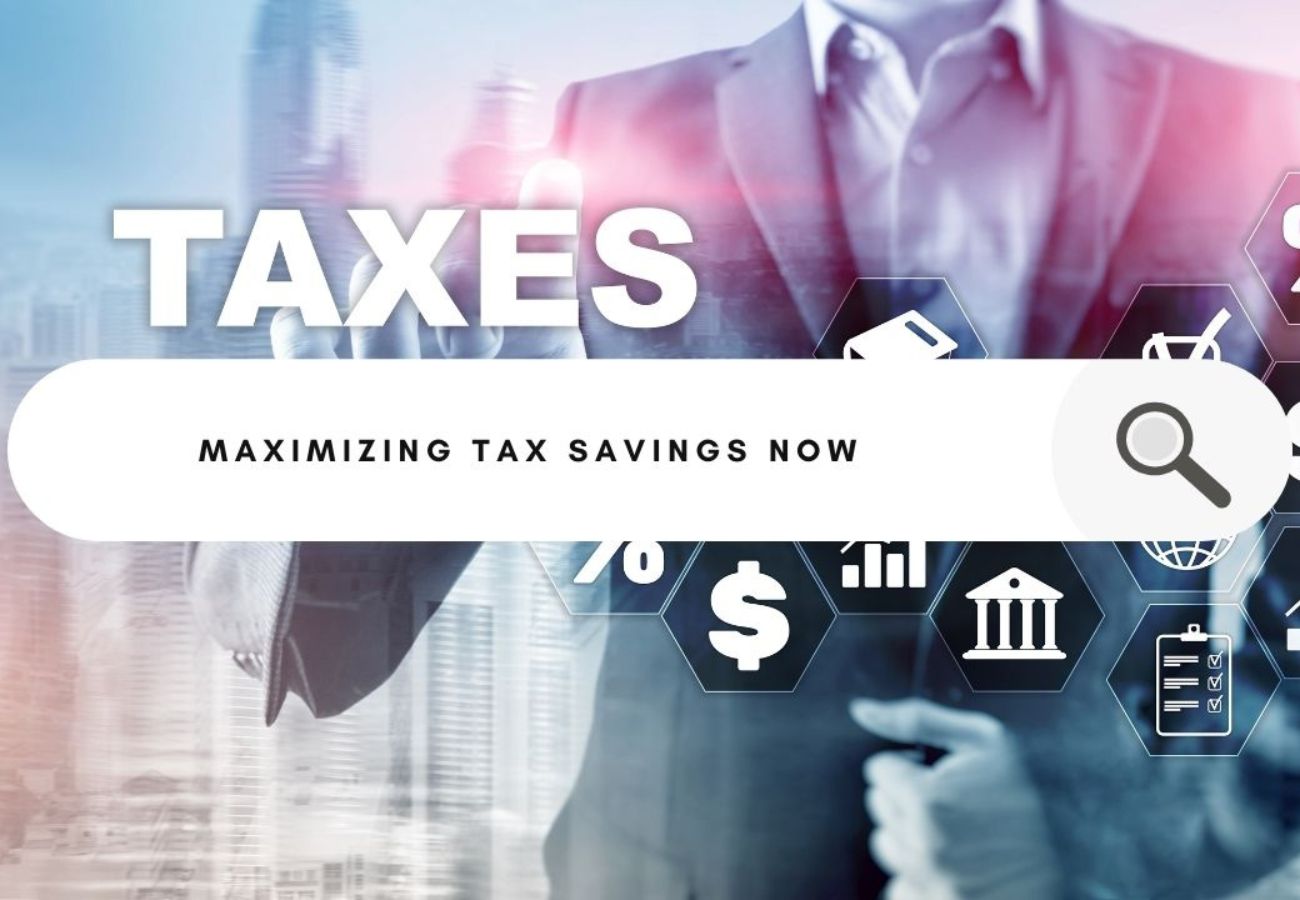How to Maximize Your Tax Savings with the New Tax Regime
Introduction: In the landscape of Indian taxation, the National Pension System (NPS) has emerged as a powerful tool for tax savings, especially under the new tax regime. For salaried individuals, particularly those in the middle-income bracket, leveraging employer contributions to NPS can substantially reduce tax liabilities. Here’s how you can make the most of this opportunity.
The Advantage of Employer Contributions to NPSUnderstanding the Tax ConcessionsShould You Opt for Corporate NPS?Breaking Down the Tax Benefits |
|
The Advantage of Employer Contributions to NPS |
|
| The 2024 Budget introduced a significant enhancement to the NPS for salaried individuals opting for the new tax regime. Employers can now contribute up to 14 percent of an employee’s basic salary to their NPS account, up from the previous 10 percent under the old tax regime. This increased limit is a strategic move by the government to encourage adoption of the new tax regime. | |
Understanding the Tax Concessions |
|
| Under the current system, employees can claim a deduction of up to 10 percent of their basic salary (and dearness allowance, if any) on their own NPS contributions under section 80CCE. This amount is part of the overall section 80C limit of Rs 1.5 lakh. Additionally, employees can contribute another Rs 50,000 and claim a deduction under section 80CCD(1B).
However, the real game-changer is the employer’s contribution. Employers’ contributions up to 14 percent of the basic salary are deductible under section 80CCD(2). This applies to both the old and new tax regimes, but the higher limit under the new regime offers a more significant tax-saving potential. |
|
Should You Opt for Corporate NPS? |
|
| The decision to opt for corporate NPS depends on various factors, including your income bracket and potential deductions. For instance, calculations by Taxmann indicate that a salaried individual with a gross annual salary of Rs 8,20,975 (basic pay of Rs 3,28,390) and an employer’s NPS contribution of 15 percent can effectively reduce their tax liability to zero under the new tax regime. | |
Breaking Down the Tax Benefits |
|
| To achieve zero-tax liability under the old regime, the same individual would need to claim total deductions of at least Rs 2,38,136, in addition to the standard deduction of Rs 50,000 and the employer’s NPS contribution of 10 percent. This is because the income limit for rebate under section 87A is lower at Rs 5 lakh in the old regime.
For higher-income individuals, the scenario changes. If your deductions exceed the break-even point, the old regime might offer better savings. For example, a person with a gross salary of Rs 30 lakh (basic salary of Rs 12 lakh) and deductions surpassing Rs 5,31,330 would benefit more from the old regime. This includes deductions for EPF, health insurance premiums, NPS contributions, home loan interest, and donations. |
|
Optimizing Tax Benefits for High-Income Earners |
|
| High-income earners have unique opportunities and challenges when it comes to maximizing tax benefits, particularly through corporate NPS. Here’s how to navigate the complexities to ensure optimal tax savings. | |
Strategic Salary Structuring |
Individuals in higher income brackets can indeed leverage corporate NPS to their advantage, but it requires careful structuring of their salary packages. According to current tax laws, the total employer contribution towards an employee’s retirement benefits—including EPF, NPS, and superannuation—is capped at Rs 7.5 lakh per annum. Any contribution beyond this limit is subject to taxation at the employee’s applicable slab rate. |
Practical Considerations for Senior Employees |
For senior employees with significant salaries, optimizing employer contributions involves more than just understanding the tax laws—it also requires practical implementation within the organization. While it is theoretically possible to limit employer contributions to avoid breaching the Rs 7.5 lakh cap, this can create administrative challenges.
Organizations may need to consider offering flexible contribution plans or setting specific lower contribution rates for senior management to facilitate this process. This would help senior employees maximize their tax benefits without exceeding the taxable limit on employer contributions. |
Balancing Contributions and Compliance |
Navigating the balance between maximizing tax benefits and adhering to organizational policies is crucial. Employers and HR departments must work together to create feasible solutions that allow for flexibility without adding undue administrative burdens. By doing so, senior employees can achieve optimal tax savings while maintaining compliance with tax regulations and company policies. |
Diversify Your Retirement Portfolio |
|
| While NPS is a valuable component of your retirement planning, it shouldn’t be your sole focus. The mandatory 40 percent annuitization of NPS at retirement means that the pension income is taxed at slab rates, which could limit post-retirement income. A diversified retirement portfolio, including equity mutual funds, can provide a balanced approach to wealth creation and income security. | |
Conclusion
Opting for the new tax regime and leveraging employer contributions to NPS can significantly reduce tax liabilities for salaried individuals. The increased limit of 14 percent for employer contributions under the new regime offers substantial benefits, especially for middle-income earners. High-income earners can also benefit by strategically structuring their salary packages to maximize tax savings without exceeding the Rs 7.5 lakh cap on retirement benefits. By balancing contributions and ensuring a diversified retirement portfolio, individuals can achieve optimal tax savings while securing their financial future.
Choosing the Right Tax Regime for Salaried EmployeesWhy Filing NIL Income Tax Returns (ITR) Matters |


2 thoughts on “How to Maximize Your Tax Savings with the New Tax Regime”